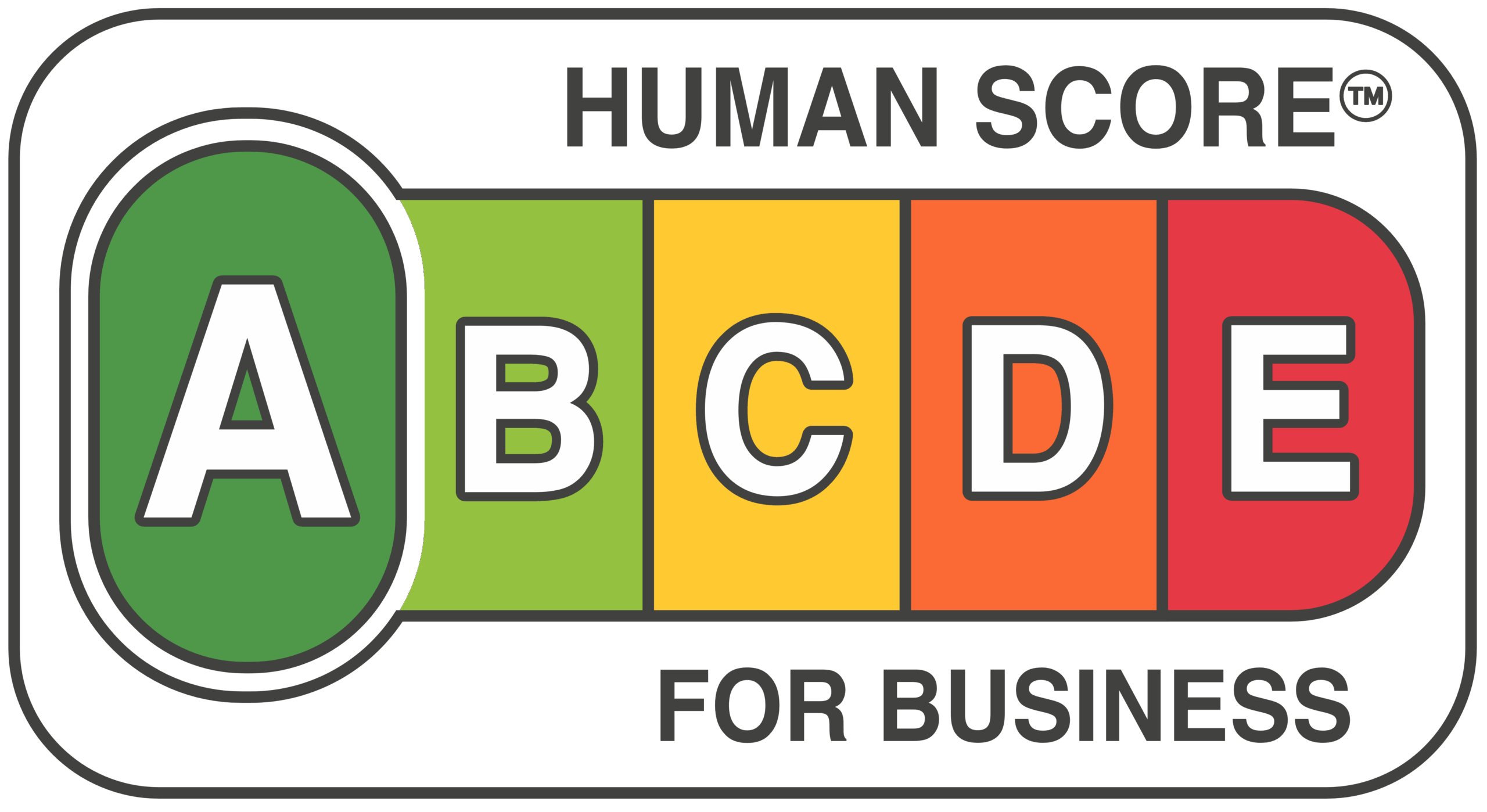Why Human-Centricity is a Business Imperative
Over the next few weeks, we’re unpacking the five dimensions of the Human Score™ framework, a strategic tool designed to help organizations become more human-centric. What does that mean in practical terms? It means creating environments where people don’t just show up they lean in, contribute, innovate, and stay. The five dimensions we’ll cover: Work Design, Organizational Structure, Culture, Fairness, and Decision-Making.
Here’s why it matters: design-led companies outperform the S&P 500 by 219% (for the SME think outperform your closest competitor), according to the Design Management Institute. That’s not a typo. Human-centric companies don’t just feel better—they perform better.
What Is Organizational Structure and Why It Matters
Here’s how we define organizational structure at Human Score™. It’s not just about org charts and reporting lines. It’s about how people connect, share ideas, and get work done. The Human Score™ defines it as how formal and informal structures either facilitate or block interaction, collaboration, and innovation. It reveals how agile, inclusive, and connected your company is, and whether your people feel empowered to influence change or stay stuck in outdated policies, systems, or processes.
Think Structure Doesn’t Matter for SMEs? Think Again.
Let’s take a large enterprise example and break it down to how it impacts SMEs.
Philips, a multinational healthcare and technology giant, decided to transform its structure in 2023. They flattened their hierarchy, dismantled siloed teams, and built cross-functional squads with real autonomy. It wasn’t just about efficiency; it was about adaptability. The result? €956 million (roughly $1.03 billion USD) in productivity savings.
Now, maybe you’re thinking: “That’s great for Philips, but we’re an SME.” Exactly! Which means you can’t afford inefficiency. If your company were just one-tenth of one percent the size of Philips, similar improvements could save you over $1 million. Imagine what you could do with that. Hire top talent? Launch a new product? Invest in tech?
SMEs Feel Every Inefficiency Deeply
Still not convinced that structure is a growth lever? Let’s get granular.In smaller companies, every friction point is amplified. Missed handoffs cost deals. Unclear ownership delays delivery. Broken communication internally breaks trust internally AND with customers. SMEs don’t have the luxury of buffers that large enterprises often do they have to get it right the first time. That’s why structure isn’t bureaucratic it’s strategic.
How Human Score™ Helps You Rethink Structure
At Human Score™, we analyze the underlying dynamics of your structure how ideas move (or don’t), how trust flows (or doesn’t), and how nimble your business really is. This isn’t theoretical. It’s your reality, every day.
Top 3 Signs Your Structure Might Be Holding You Back:
- Work stalls occur.
- Tasks fall through the cracks.
- Efforts are duplicated.
If any of these sound familiar, structure could be costing you more than you think.
Next Steps: From Insight to Action
Start with the Human Score™. We’ll help you pinpoint where your structure is slowing you down, costing you money, or draining your people in ways that lead to burnout and decreased productivity. Then, we help you move forward strategically and sustainably.
Don’t have the internal bandwidth to make these shifts? No problem. Our network of expert consultants brings the clarity and capability to get the job done. And we don’t do it in a vacuum. We co-create with your people leaders, teams, and frontline voices so the solution fits like it was built from the inside. Because it was.
Final Thought: Your Structure Is Speaking Are You Listening?
Let’s be clear: your structure can be your secret weapon, or your silent killer. Which one is it today?
Note to consultants: Are you passionate about helping organizations thrive through better structure? DM us if a collaborative partnership sounds like your kind of opportunity.

